Have you ever heard the phrase “light is everything” or perhaps “composition is everything”? I know I have many times. But they can’t both be everything, that’s not possible. So what is really going on? Obviously, there is at least a grain of truth to both expressions. But are there other factors that make great photos?

As it turns out, there are and things are not quite as simple.
A photo with very poor composition will fall apart and it will never be a great photo. But a decent composition capturing the most fantastic light can be a good photo, if not a great one. On the other hand, a great composition in poor light can make a dull photo.
Creating a photo almost always includes some sort of compromise. Either the light is not great, the timing is not perfect, or it is not possible to get to the ideal location, because you can’t walk in thin air or on water. Or maybe the prime elements in the scene are not arranged perfectly.
There are so many factors that have to come together at the exact same time, that it seems impossible to make a perfect photo. And that is part of your life, as a photographer, but knowing what counts, can make your success rate of making great photos higher.

What makes great photos?
It is a number of things that make a great photo and composition and light are obviously on that list, but what is the rest?
I find that there a five important factors that combine to make great photos. If you can maximize all five you will have a perfect photo. However, creating such a photo is really rare even for the very best photographers.
Let us have a look at them and then discuss in more detail.
5 factors that help make great photos

You don’t have to maximize all five to make a great photo. A decent composition with fantastic light and timing, with fantastic post-processing, can make a great photo. The same goes for an outstanding composition. You will be able to make up for the lack of light to some extent. So you just have to balance the five factors without dropping any completely.
If one of the factors is somewhat lower, it can be compensated by one or more of the others if they score high. You could see it as the sum of the five pillars, that gives an indication of how great a photo is, as long as you don’t have any hitting the bottom.

They all work together
A completely failed composition, bad light, completely missed timing, non-existent story and poor image processing will tear a photo into pieces.
The factors are very often interconnected. For instance, the composition is often connected to the timing of capturing a moving object. And the light is connected to the timing, in the case of the natural light. The composition can also be connected to the light, a shadow or some light beam or another light source.
They are all dependent on each other, which increases the complexity. No wonder it is hard to create great photos! And no wonder some types of photographers, like those who do commercial studio and model photography, try to control some of the factors – namely the light – to be able to get a larger success rate on their photos.
Factor #1 – Composition
The composition is something that comes naturally to some people while others have to learn it. It is a fundamental skill to master as a photographer. If it doesn’t come naturally to you, try to copy other compositions you like, in your own way at different locations. That will quickly improve your skills.

Factor #2 – Light
The light can be many different things. There’s hard light, soft light, defused light, warm light, cold light, studio flash, the natural light just to mention some of the most commonly known types. Light is a big topic and it requires some research to get the full understanding. But that is not required to create great photos.
If you are into landscape photography, you will increase the quality of your photos by avoiding a blue sky in the middle of the day. Instead, go for sunrise and sunset times. The time after sunrise and before sunset is called the Golden Hour. Blue Hour also provides excellent light for landscape photography.

If you are into flash photography you would do well by experimenting with an off-camera flash, rather than on-camera. As well try high-speed sync flash which opens doors for creative flash photography.
My advice is to learn about the type of light that is relevant to the kind of photography you enjoy doing.

Factor #3 – Timing
The timing, depending on the type of photography you do, can be a matter of capturing that instant of a second that makes a difference. You have to capture a moment – the magic moment.
The moment of a fleeting kiss, the instant a football player kicks the ball, the moment the wave crash onto a rocky shore with a huge splash. Or as in this case, the instant four people put the same foot on the ground while walking at the same distance.

Other moments are more slow, like a sunrise. Nevertheless, it is still about timing.
You have to get up early, very early sometimes, to get to the location. That is timing. Or as in this case, getting a photo without any people, at the central station at blue hour is about timing too.

Empty Central Station in Copenhagen.
Factor #4 – The Story
The story of a photo can be anything ranging from “what delicious crumbles sitting on top of that cupcake”, to “what a fantastic round boulder on that beach” to a “touching relation between people”. A story can be somewhat abstract, yet there has to be a purpose of why you choose to include what you do in the photo.
Sometimes a story is complex and deep, while at other times it is simple “that is a nice boulder sitting in a beautiful landscape“.
You may not be equally good at telling all kind of stories, through your photos. This is perfectly alright and it is fine to stick to what you do best.
I find that story and timing can be very tightly connected as in this case of the image below. Capturing a gondola on a super busy Canal Grande in Venice, and making it seem like a peaceful romantic moment is not as easy as it may sound.

If you can get a spot, you can literally stand on the Rialto bridge for hours, while you enjoy the view. The view is full of activity and happy people.
Factor #5 – Image Processing
The last and fifth factor could raise some discussion. One that I do not want to get into here. And if you are a strong believer in Straight Out Of Camera (SOOC) photos, this point will not be relevant to you.
If you believe in photo editing, you may also know that it is often the thing that transforms a photo from flat to an image that pops. In some cases, that is what makes or breaks a photo.
Image editing or post-processing is by no means easy and there are a lot of opinions out there. But even simple things like, adjusting white balance, exposure and contrast can be the difference that makes a photo pop.
If you are into documentary photography, there are certain things you are not allowed to do. You do not meddle with reality. But if you don’t do that kind of photography, it is in the post-processing phase that you can make your artistic interpretation.

Before and After. A creative interpretation.
What to look out for
Image editing is a race car without a seatbelt. There are a number of things that can totally ruin your image and if you are not careful. Some of the classic problems from over-processing include halos, too contrasty and over-saturation, but there are many others.

This wedding photo of Alexander and Mia was shot in the worst possible light of midday with a blue sky. In post-processing, I have created a softer and warmer feeling to compensate.
A reason to build up your skills in image processing is that you can compensate to some degree for the other factors. You can enhance the good bits, and hide the less desired parts. Remove unwanted objects to present your photo is the best possible way, from what you captured in your camera.
A great side effect of upping your editing skills and paying some real attention to your photos is that you will get a better understanding of what make great photos. You will find things that degrade your photo (why did I include that dustbin?) and learn to avoid them next time you are on location shooting.
You learn by making mistakes and trying to fix them. The more times you fail, the better photographer you will end up being.

Final remarks
In photography, there are no absolutes. Not two people have the same opinion. We do not all like the same, things so what some people would deem a perfect photo, others may not deem perfect. Yet, there are some tendencies and you could do worse, than paying attention to what people like and don’t like if you want to create successful photos.
Any critique is an opportunity to learn something new.
The post What Makes Great Photos? 5 Factors That Can Take Your Images From Good to Great appeared first on Digital Photography School.

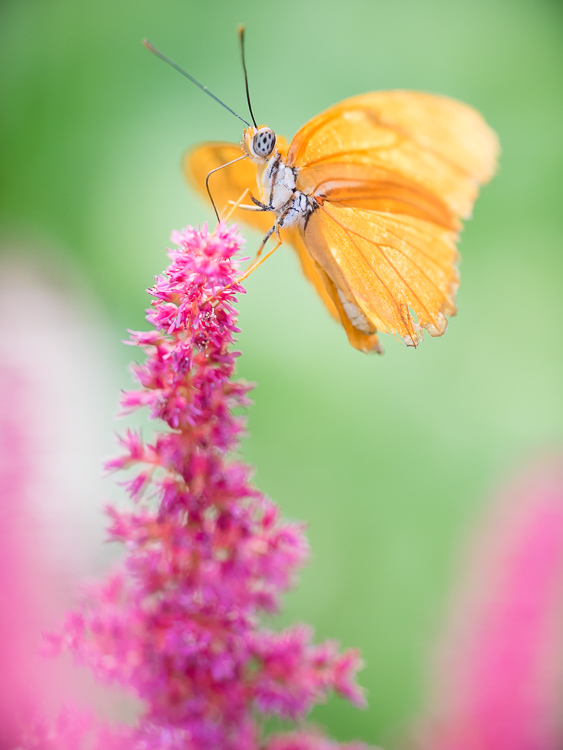


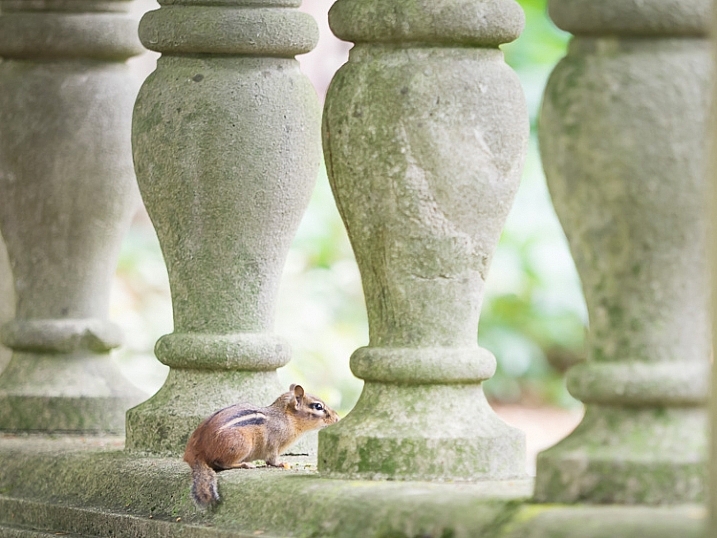
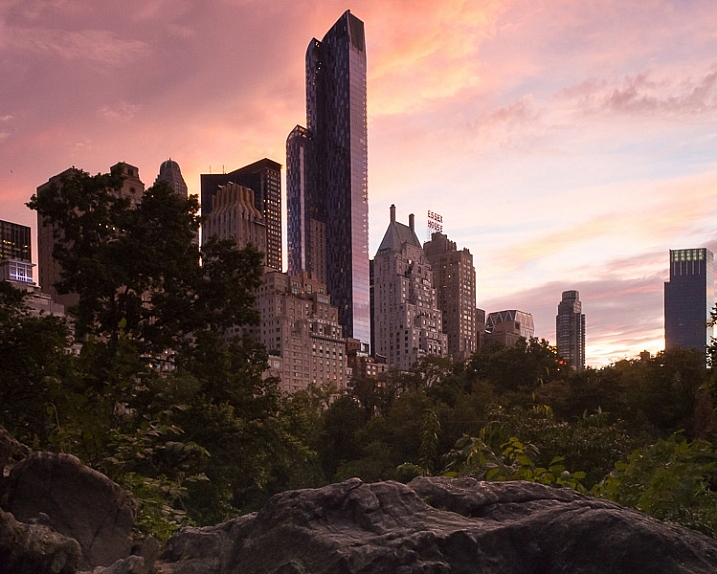
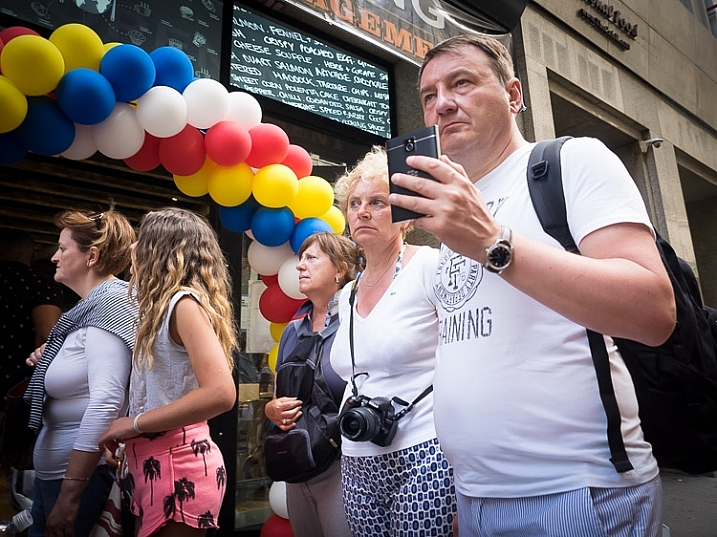
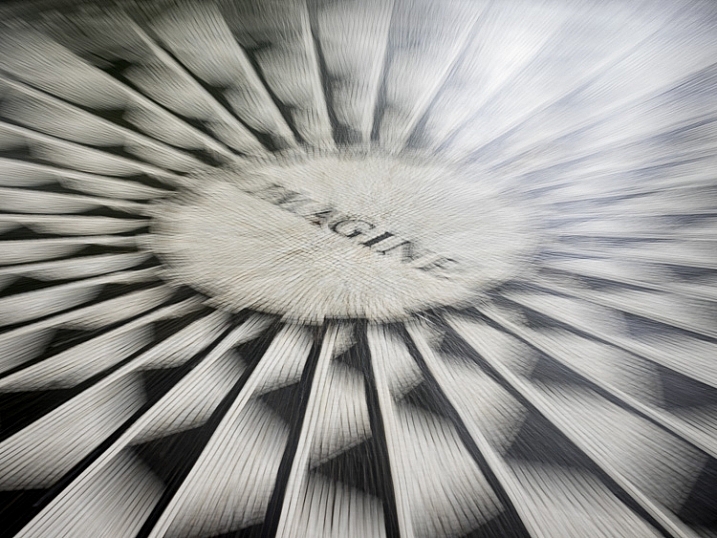
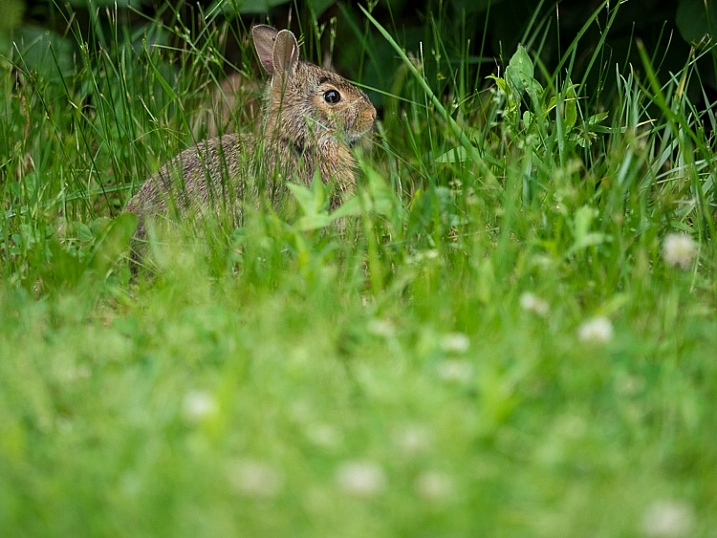
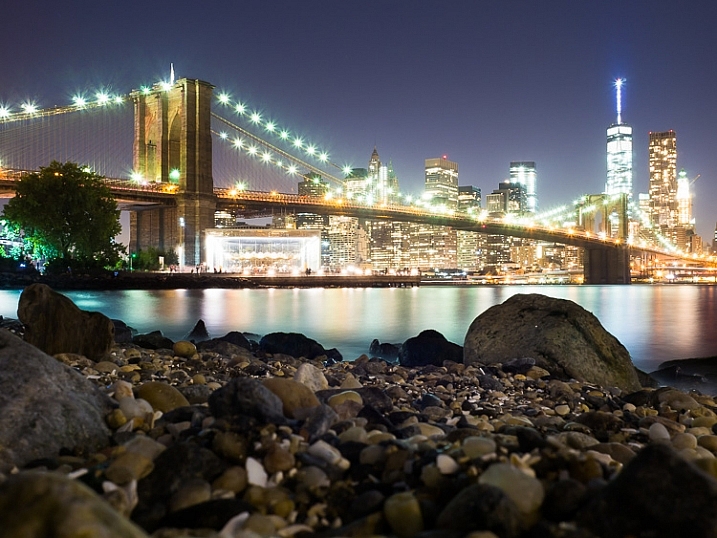
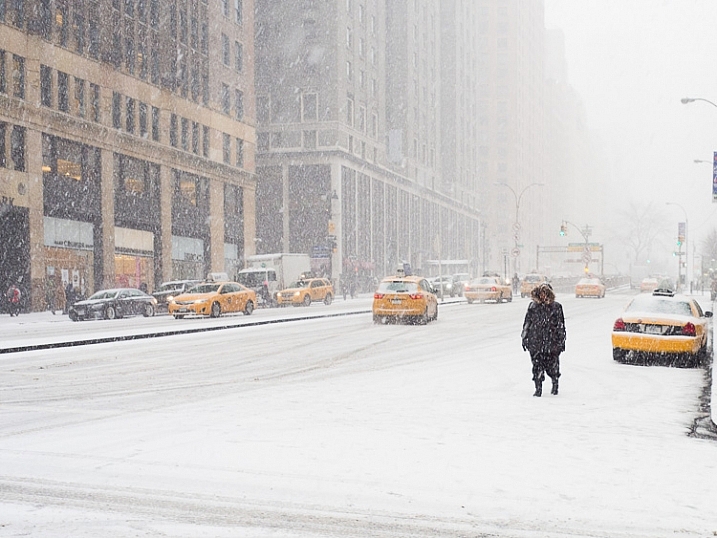
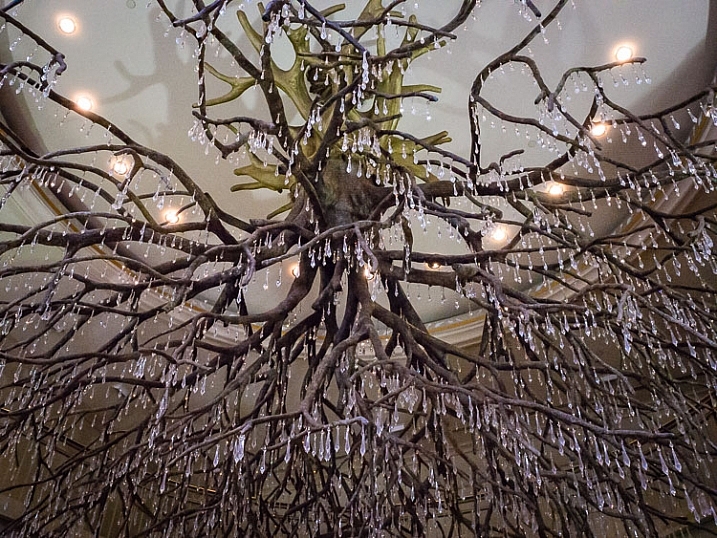
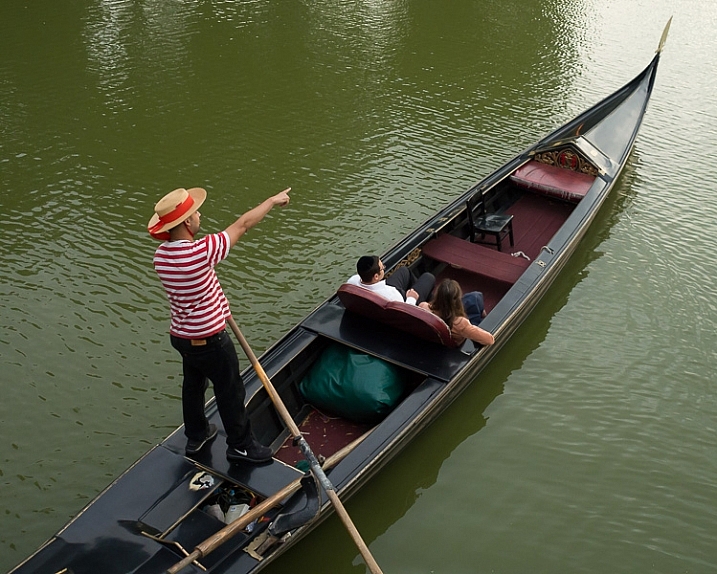
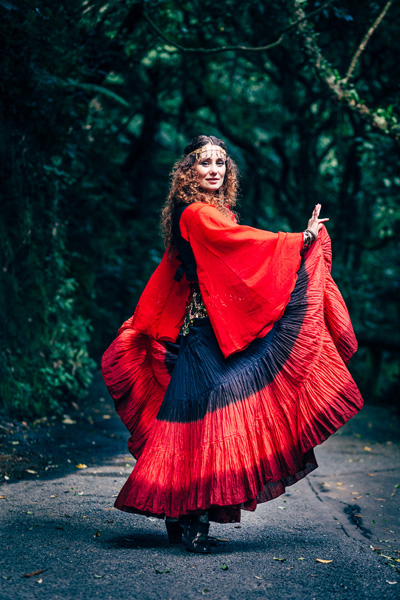
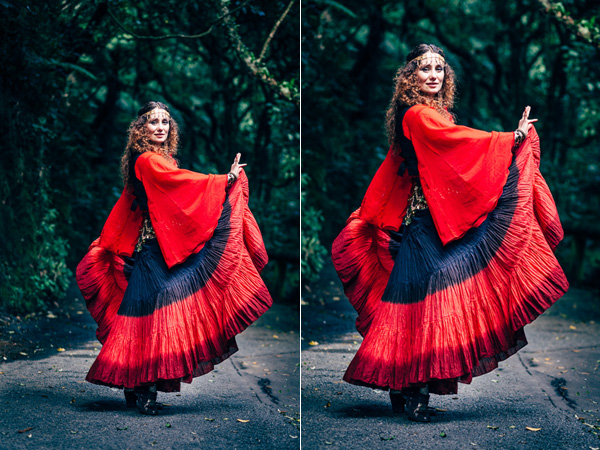

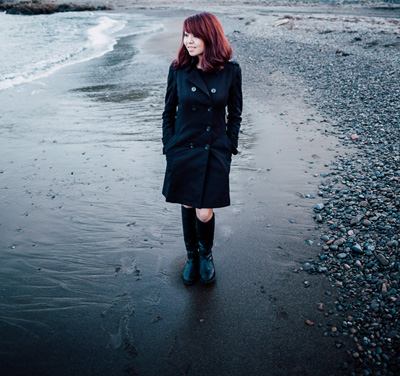
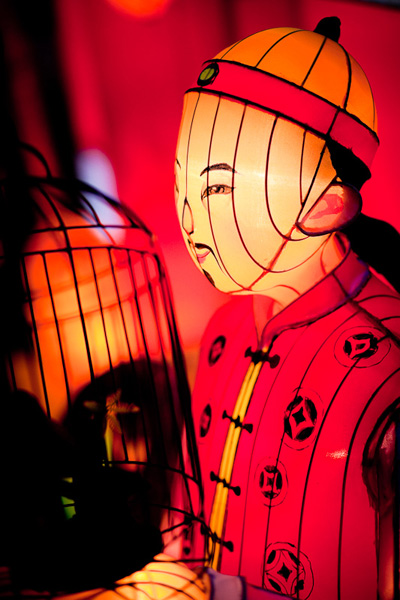
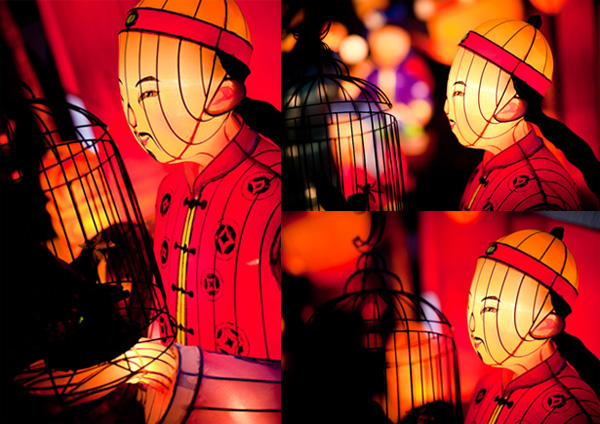
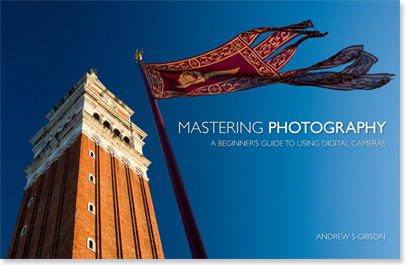
You must be logged in to post a comment.